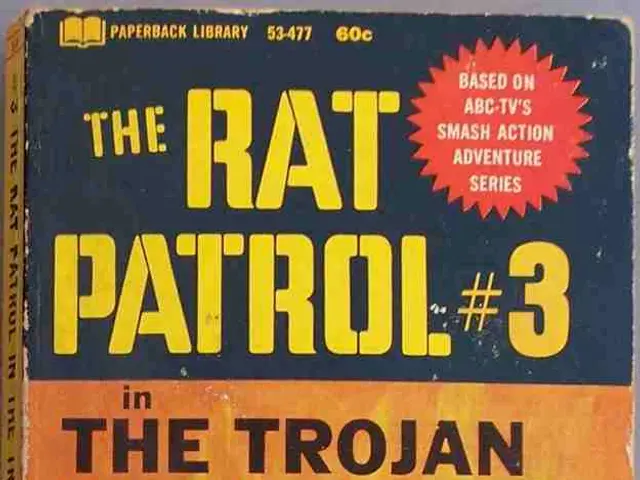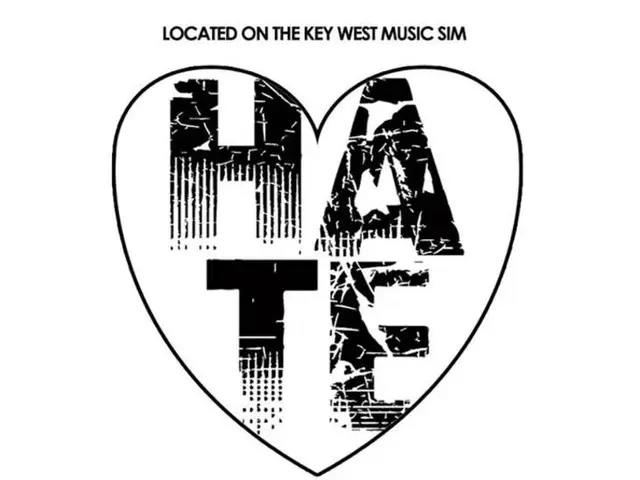Discussion among experts on whether private student loans could bridge the gap left by the One Big Beautiful Bill.
The education landscape is undergoing significant changes, with two key developments reshaping the student loan sector. The One Big Beautiful Bill Act (OBBB) and the introduction of a new income-driven repayment plan, RAP, are set to alter the proportions of student loan debt, with federal loans potentially decreasing and private lenders increasing their share.
The RAP plan, while offering a minimum payment as low as $10 a month, could pose a challenge for borrowers with zero income. On the other hand, the OBBB will end Grad PLUS loans, a popular choice for many students.
The private student loan market, segregated into prime, near-prime, and subprime or deep-subprime borrowers, is showing signs of expansion. The industry is discussing the opportunity to widen lending to subprime borrowers, a move that could be beneficial for those struggling to secure federal loans. However, it remains to be seen if borrowers with a spotty credit history or lower credit scores can access private funding.
Not every borrower shut out of federal borrowing may qualify for private student loans. Schools and school associations are having conversations about the impact of the OBBB on subprime borrowers and potential solutions. Some schools may offer assistance to subprime borrowers to help them complete their degree.
Building a credit score early through repayment history can help students secure better interest rates in subsequent years. For borrowers with a good credit history or attending programs that lead to good labor market outcomes, they may be able to access private funding with more favourable terms.
Private lenders may have more flexible underwriting criteria for borrowers who do not qualify for federal loans, but at the cost of higher interest rates. The private student loan market is also seeing an increase in interest rates as lenders become more comfortable supporting down-credit consumers or their cosigners.
In light of these changes, the need to shop around for a program with a good track record and a school with support for students to complete their degree has become more important. Subprime or deep-subprime borrowers, who may have trouble qualifying for private lending, are of particular concern as they may be shut out from federal aid and face difficulty affording a four-year college education.
State-based agencies like MEFA are looking into ways to help subprime borrowers access private loans. Private lenders developing new products and subordinated conditions for borrowers with poor creditworthiness typically include specialized finance companies and alternative lenders, but there is no specific information indicating that such products will be offered in connection with the upcoming OBBB measures.
Student loan delinquency is worst in states that voted for President Trump, highlighting the financial strain faced by many borrowers. As the landscape evolves, it is crucial for borrowers to stay informed and make informed decisions about their student loan options.
Previous income-driven repayment plans for borrowers with very low income did not require payments and offered forgiveness. The RAP plan, while offering a minimum payment, does not currently offer such benefits. As the RAP plan and the OBBB continue to unfold, it will be interesting to see how they impact borrowers and the student loan market as a whole.
Read also:
- Weekly update from the German federal parliament, Bundestag
- Eco-Friendly Wine Farming and Production Methods
- Unveiling of Sportradar's Third Integrity Report in Sports Industry
- Women's Grocery Industry Legend Bryan Molnar, recognized as a trailblazer in retail, hails from Whole Foods Market executive ranks.








